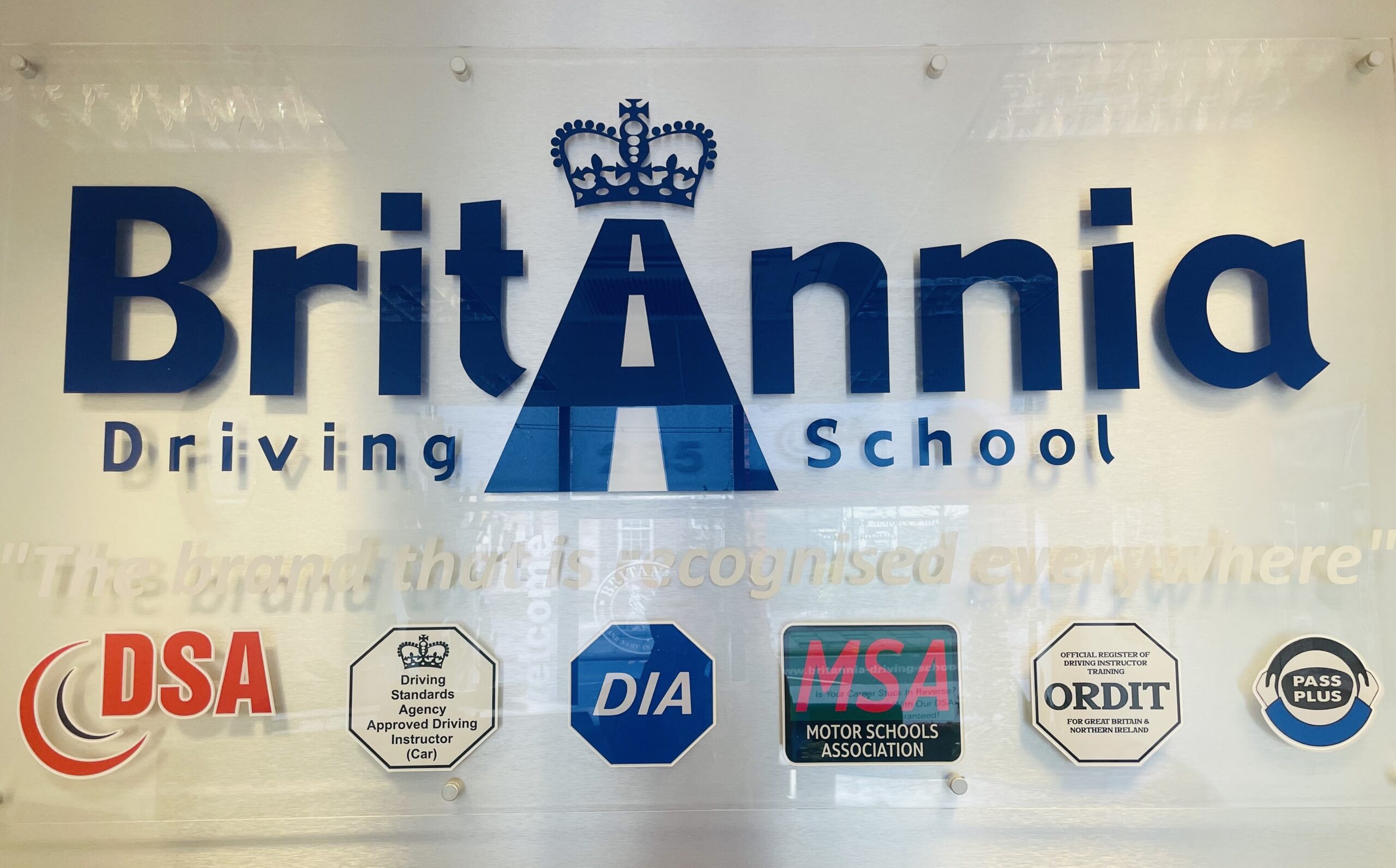Driving at Night: Tips for Safety and Success
Driving at night can present unique challenges that require special attention, focus, and preparation. While some drivers feel more comfortable behind the wheel after dark.
1. The Challenges of Night Driving
The main obstacle when driving at night is reduced visibility. Darkness limits your ability to see other vehicles, road signs, pedestrians, and obstacles on the road. Even with headlights on, your field of vision is narrower, which can make it harder to react quickly to unexpected situations.
Additionally, at night, drivers are often more tired, which can impair concentration and decision-making. Fatigue and drowsiness are major contributors to accidents after dark, as the body naturally seeks rest during nighttime hours. This is especially problematic on long road trips or after a busy day.
2. Night Driving Safety Tips
To ensure that your nighttime driving experience is as safe as possible, follow these key safety tips:
a. Ensure Proper Vehicle Maintenance
Before heading out after dark, make sure your vehicle is in good working condition. Check the following:
- Headlights and taillights: Ensure that both headlights are working and adjusted correctly. Misaligned headlights can create dangerous glare for other drivers or fail to properly illuminate the road ahead.
- Windshield wipers and fluid: Night driving can be especially tough if your windshield is streaked or dirty. Check that your wipers are in good condition and fill up the windshield washer reservoir.
- Tires: Make sure that your tires have enough tread to handle various road conditions, particularly if you’re driving in rainy or wet conditions.
b. Use Headlights Correctly
Headlights should be turned on whenever visibility is limited, even in dusk or dawn conditions. Use your high beams in areas where there is no oncoming traffic, but be sure to switch to low beams when you approach another vehicle to avoid blinding the other driver.
It’s also important to dim your dashboard lights to reduce glare. Bright dashboard lights can make it harder for your eyes to adjust to the darkness outside.
c. Adjust Your Speed
Since visibility is reduced at night, driving at lower speeds allows you to react faster to unexpected situations. In some cases, it’s recommended to reduce your speed even further than the posted limit, particularly on poorly lit roads. Remember, it’s not just about getting to your destination — it’s about getting there safely.
d. Take Frequent Breaks to Combat Fatigue
Fatigue is a significant risk when driving at night, especially for long-distance travel. If you start feeling drowsy, pull over at a safe location, stretch, and take a break. Drinking water or a caffeinated beverage can help, but nothing replaces a quick nap if you’re truly exhausted.
e. Increase Following Distance
In daylight, a 2-3 second following distance might be sufficient, but at night, it’s a good idea to increase this to 4 or 5 seconds. This extra distance gives you more time to react if the vehicle in front of you suddenly stops or swerves.
f. Stay Alert for Impaired Drivers
Nighttime is when impaired driving rates peak, particularly due to alcohol consumption. Always be alert for signs of erratic driving, such as swerving, sudden stops, or inconsistent speeds. If you suspect another driver is impaired, keep your distance and consider calling local authorities to report the dangerous driver.
3. Special Considerations for Night Driving
a. Glare and Night Vision
Glare from headlights can be blinding, but you can reduce its impact by focusing on the lower right edge of the road. This helps your eyes adjust to the darkness without becoming distracted by oncoming lights.
Moreover, as we age, our night vision deteriorates. If you’re over 50, or if you experience difficulty seeing clearly in low light, consider speaking with an eye doctor about corrective options, such as anti-glare lenses or other visual aids.
b. Wildlife Hazards
Certain areas are more likely to have wildlife crossing the road at night, especially in rural or forested areas. Watch for animal crossing signs and keep an eye out for reflections from animal eyes in your headlights. Slowing down can provide you more time to react if an animal does appear in your path.
4. The Psychology of Night Driving
There’s an interesting psychological aspect to driving at night as well. While some drivers feel more relaxed and less stressed after dark, others may experience anxiety, especially in unfamiliar or poorly lit areas. If you find yourself becoming anxious or uncomfortable, take deep breaths, turn on calming music, and remind yourself that the road conditions require extra vigilance.
It’s also worth noting that while nighttime can seem less busy, traffic patterns can change, with more commercial trucks on the road during off-hours and more recreational vehicles during holiday periods. This can lead to unpredictable driving conditions.
5. Summary: Night Driving is Not Without Risk, But Precautions Help
Driving at night may pose more risks, but these can be mitigated by being proactive, staying alert, and following safety tips. Proper vehicle maintenance, appropriate use of headlights, slower speeds, and taking breaks to avoid fatigue are essential strategies. Understanding how your vision and reaction times can be affected by darkness, glare, and tiredness helps ensure that you’re ready for the road ahead.
By keeping these strategies in mind, you’ll be better prepared to navigate the road safely and confidently, even when the sun goes down.
Comments(0) Buy Gifts Vouchers Here
Buy Gifts Vouchers Here Intensive Driving Courses
Intensive Driving Courses Driving Test Booking Services
Driving Test Booking Services



